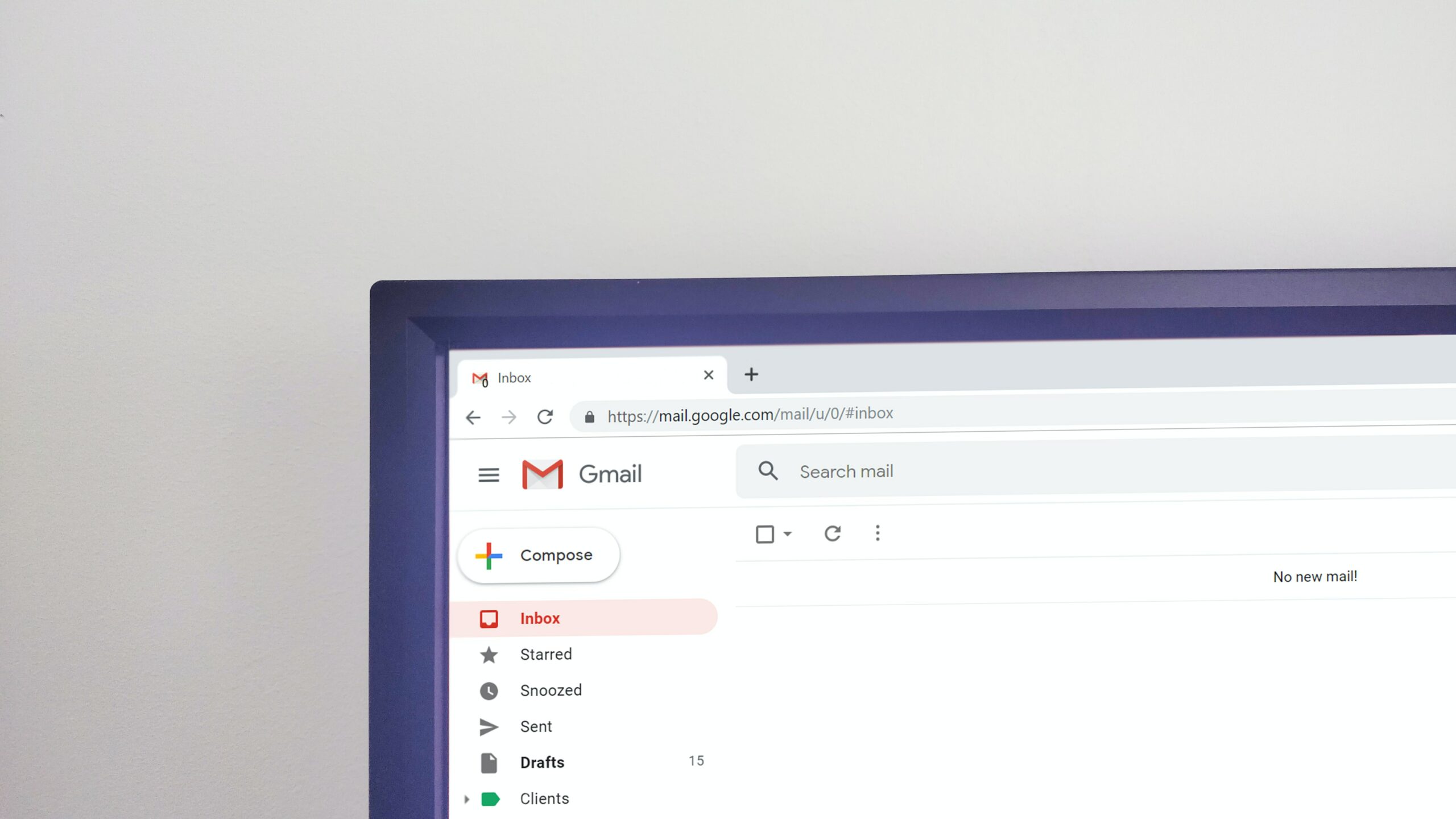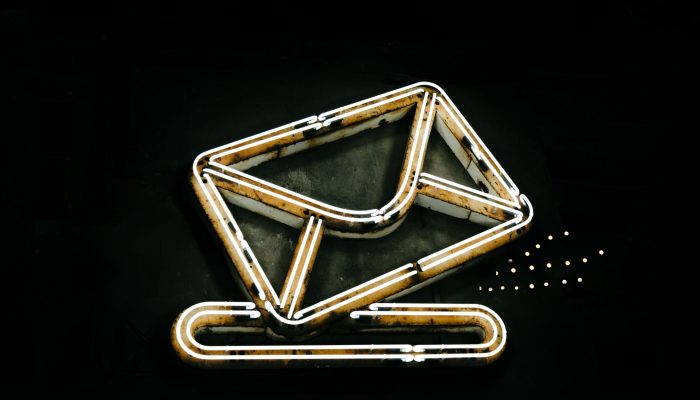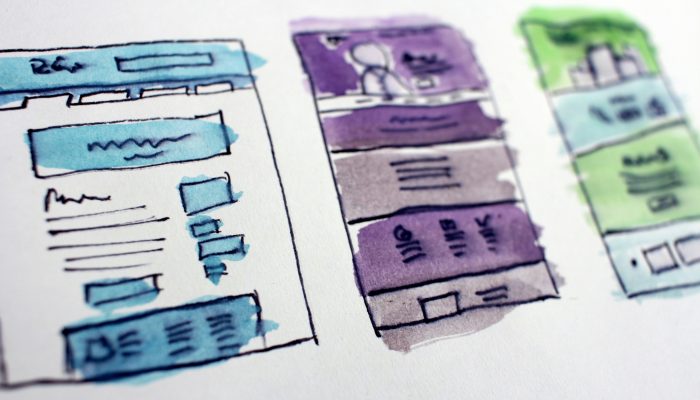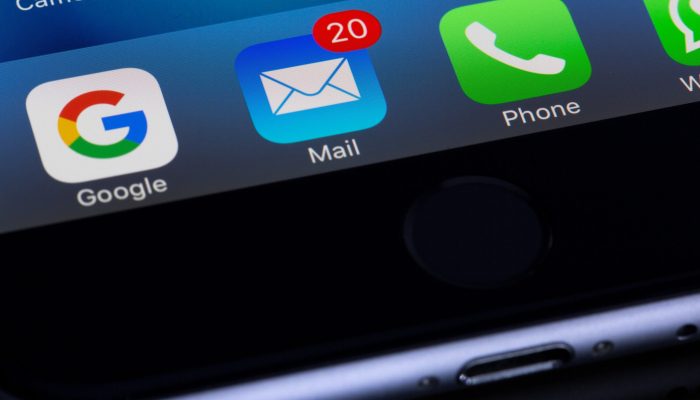Introduction
I’ve mentioned multiple times before about how important customer retention is to any ecommerce business. With the cost of acquiring a new customer being 5x the cost of keeping an existing one, it’s so vital to ensure you have a plan and strategy in place to increase customer retention rate.
A previous flow in this series, the post purchase flow, is a great start in warming users to your brand and building loyalty with your customer base. However, it’s inevitable that some customers won’t return for a while and will fall out of love with your brand.
This is where the win back flow comes in and can be a vital tool to help build your relationship with a customer and increase the likelihood of a repeat purchase.
What is a win back flow?
The win back flow is an email automation that triggers when a user hasn’t purchased again for a set amount of time. How long a user has to go without purchasing is dependent on multiple factors with each ecommerce business, but the main goal of it is to encourage the user to make a repeat purchase.
A win back flow often triggers either 90 or 180 days after a user makes a purchase. Although this could be completely different for each ecommerce store. Understanding the average time between purchases for your customers is critical, and this can be the perfect metric to judge when you should send your win back flow. If your customers average their second purchase after 90 days, I would look to test the win back flow over 120, 150 and 180 days.
If a win back flow is unsuccessful, then it’s worthwhile then triggering a sunset flow for the user, which lets the customer know that they will be removed from the email list.
Why implement a win back flow?
The win back flow is a valuable tool in triggering a customer’s repeat purchase. As mentioned previously, the cost to acquire an existing customer is much cheaper than that of a new customer so every effort should be made to encourage this.
Even if a customer doesn’t repeat their purchase, it can be a great way to re-engage them with your brand. If you are using email best practices, you should be using an engaged segment when emailing your customer list. The targeted messaging used in a win back flow can entice at-risk customers to engage with your emails again which keeps them engaged and increases their chance of a repeat purchase.
A win back flow can be a great source of revenue. If you use customer purchasing data effectively you can segment your win back flow in such a way that will massively increase customer lifetime value and overall growth. Although great success can be achieved with a simple win back flow that engages with the customer and simply encourages them to return – there is a real opportunity to create targeted automations for huge returns.
Top tips for a winning win back flow
Understand your customer
Before creating your win back flow, it’s important to understand your customer. Some things to think about are:
- What might be the reason they haven’t returned yet?
- What is most likely to encourage them to come back?
- Do they need an incentive or discount?
Each of these questions can be broken down and give you exactly what your win back flow content should be. The win back flow can then be structured in the following way:
- Email 1: We haven’t heard from you in a while…
- Email 2: Have you seen what’s new?
- Email 3: {NAME}, it’s been a while – here’s 10% off.
Between each email it’s recommended to have around 10-15 days between them to prevent bombarding a customer with too many emails. Although the above emails are quite generic, they can be tailored to your brand and I would recommend having an email that re-cements your brand values. For example, if you donate profits to charity or are helping any local causes – be sure to use this in your win back flow. Sometimes it’s not an incentive or a physical reason that brings a customer back – but an emotional one.
When putting together a win back flow, it’s also important to be as personable as possible. Whether this is having unique flows based on what they purchased or just using template tags to include their name can have a great effect on conversion rates.
Once a customer joins your email list, the number of emails they receive can quickly become overwhelming and there’s a chance they have just become disconnected. This could be a reason for them not returning. I recommend excluding customers who are in the win back flow from any other emails, so the only emails they receive are from the win back flow. This can then be a perfect opportunity to ask the user to manage their preferences.
Tailored messaging works
Depending on your product range and customer buying cycle, it can be very effective to segment your win back flow based on the user’s purchase history.
For example, If you sell a range of vitamin products, the reason a customer is likely to come back is for a refill. Then the win back flow can turn into more of a replenishment reminder and something as simple as a subject line such as “Need a refill?” can work very well. You can then segment the win back flow’s timings based on the size of your products. For example, smaller bottles of vitamins will need their replenishment reminder a lot sooner.
Equally, messaging can change based on the product purchased. By segmenting your win back flow based on specific products, you can make mentions of that product in the email and explain the pros of purchasing it again. Also, if it’s not a product that requires replenishment, you can cross-sell products related to the initial item purchased. For example, if you sold a high-end handbag to the customer, why not highlight your new range of high-end evening dresses? Of course, this is dependent on your product range.
How often the user purchased previously can also allow you to tailor incentives to a customer. If the customer has purchased multiple times before, you may be less inclined to give them a discount to return. However, if the customer has only made one purchase, then a discount code could be very successful. Similarly, if the customer has been in the win back flow previously then you may want to change your messaging to what you said previously, or exclude them altogether.
Other considerations
There are multiple ways to have a successful win back flow on top of the main ones I mentioned above. Some of these are:
- Be sure the customer knows you noticed they haven’t purchased in a while.
- A sense of urgency can work very well, such as a 24hr incentive.
- You can ask a customer to change their preferences as they may be receiving unrelated emails. List segmentation is important here.
- It goes without saying, but have interesting content and visually appealing
- As always, A-B test everything. Compare time until the flow is triggered, time between emails, subject lines, email content and more. It is so important to run split-tests to improve results.
Conclusion
The win back flow is a must for ecommerce businesses. Not only can it be a great source of revenue and customer retention, but it allows for unique messaging that is only available via email. It offers that additional source of relationship building which shows you care about them as a customer and the value behind that is immeasurable.
As always, if you need any support or advice for your win back flow – or have any questions about email then please get in touch.




